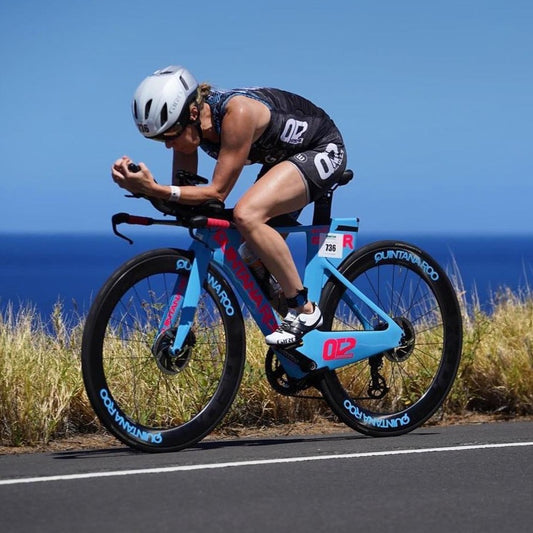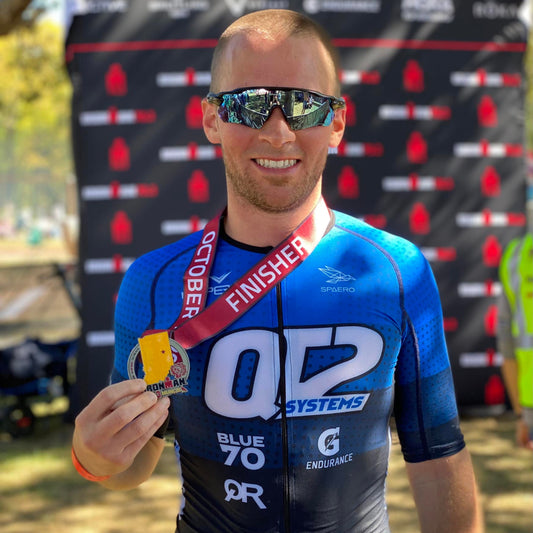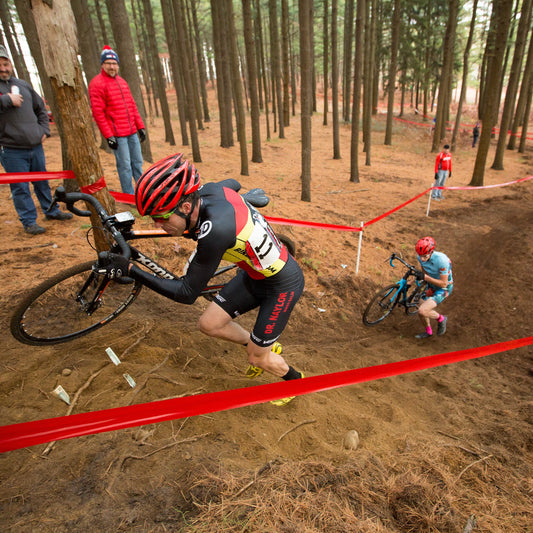The Art of Presence in Endurance Training
Long workouts are where endurance athletes build the physical and mental resilience necessary for race day. But for the Intuitive Feeler, these sessions can feel emotionally overwhelming or mentally exhausting. One moment, you're floating in a rhythm, completely in sync with your breath and body. The next, your mind spirals into doubt, boredom, or fatigue.
The key to navigating long training sessions isn't just about passing time—it's about being present with the experience, rather than resisting it.
The Two Paths of a Long Workout: Resistance vs. Acceptance
During long workouts, athletes tend to take one of two mental paths:
-
Resistance
- “Ugh, I have two more hours to go.”
- “I feel tired already. How am I going to finish?”
- “This is too hard. I wish it was over.”
Resistance creates tension in the body and mind, making the session feel harder than it is. It amplifies discomfort, making each mile or minute drag on.
-
Acceptance
- “I am here, moving forward.”
- “This moment is just as important as the finish.”
- “I choose to be present with my breath, my steps, my surroundings.”
Acceptance softens the struggle. It doesn’t mean ignoring discomfort—it means allowing it to exist without trying to push it away. When you stop resisting the experience, you become more in tune with your body, and the workout flows rather than drags.
How to Stay Present During Long Training Sessions
✅ Anchor Yourself in the Moment
- Use breath awareness: Sync your breath with your movement. Notice the inhale, the exhale.
- Tune into body sensations: How does the ground feel beneath you? What’s the rhythm of your arms swinging?
- Observe the world around you: Notice trees swaying, the wind on your skin, the pattern of your footfalls.
✅ Create a Mantra for the Session
Choose a single phrase that resonates with you and repeat it throughout the workout when your mind drifts.
- “Be here now.”
- “Flow with it.”
- “One step, one breath.”
✅ Shift from Clock-Watching to Experience-Watching
Instead of constantly checking time, pace, or mileage, shift your focus to experiencing the workout.
- Notice how your body moves differently in the first hour vs. the last hour.
- Observe the small changes in effort level, breath, and mindset as you progress.
- Treat the workout as a journey rather than a countdown.
✅ Reframe Fatigue as a Companion, Not an Enemy
Instead of seeing fatigue as a problem, welcome it as part of the process. Think of it like a training partner:
- “Ah, here you are. I was expecting you.”
- “Fatigue means I’m growing. Let’s work together.”
By changing your relationship with discomfort, you remove the power it has over you.






